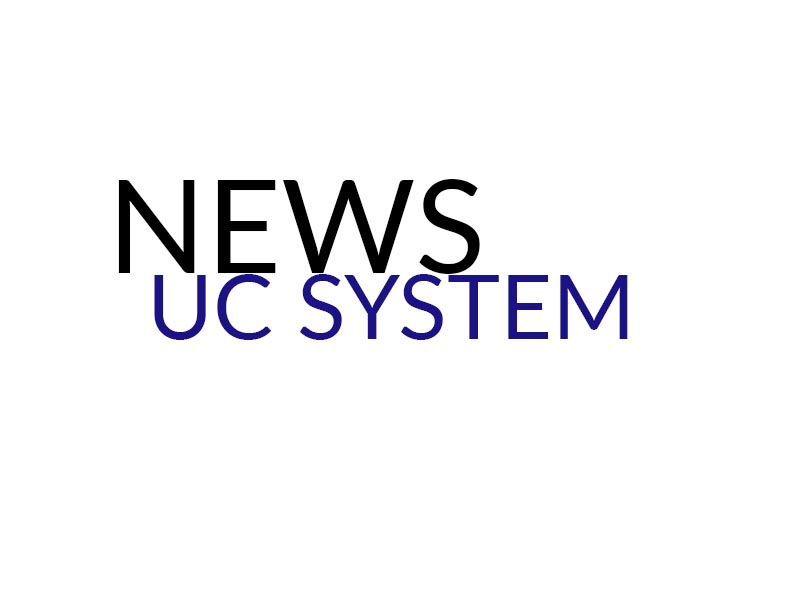The UC system launched the Cool Campus Challenge on Oct. 6, a university-wide competition aimed at motivating students and faculty to reduce the carbon footprints of their respective campuses.
UC President Janet Napolitano announced the competition in a video message this September.
“We’re on our way to becoming the very first university system to wipe out its carbon footprint for good,” Napolitano said. “It’s a daring goal, one that will take both individual and collective action to make happen.”
UC administration encourages students and faculty from all UC campuses to sign up individually or in teams to join the competition. Each school will be holding weekly challenges to award points to those who perform actions that reduce the total emissions on campus.
Each week will revolve around a different sustainability theme, including education and awareness, composting food waste, transportation and others.
At the end of the competition, the school that amasses the most points will be crowned “Coolest UC Campus.”
The competition, which runs from Oct. 6 to Dec. 10, is part of a larger UC initiative to reach carbon neutrality across all campuses.
In 2013, President Napolitano established the Carbon Emissions Initiative, which aims to reduce carbon emission levels to zero across all campuses by the year 2025.
According to Jane Teranes, Associate Director of UCSD’s Environmental Systems program, the Cool Campus Challenge serves as a means to raise awareness among students and faculty about the 2013 initiative.
“The UC President has issued a goal for all of the UC system to be carbon neutral by 2025. That is just 10 years away,” Teranes told the UCSD Guardian. “This challenge is timed with making the goal a reality.”
UCSD Campus Sustainability Manager Sara Mckinstry said this competition foreshadows a number of environmentally sound additions on campus in both the short-term and the long-term.
“Some of these changes [the current student body] will see, like more electric vehicle charging stations on campus. Some you won’t … like biogas or other renewable energy contracts,” Mckinstry told the Guardian.
According to the UCSD website, biogas is already implemented on campus through the university’s state-of-the-art microgrid, which saves approximately $8 million annually.
UCSD has a history of contributions to the global sustainability movement. Dr. Charles Keeling, a former professor at Scripps Institute of Oceanography, was the first to prove that atmospheric carbon dioxide levels were rising in 1961.
Teranes explained that all UC schools will be required to make big changes to their infrastructures to hit President Napolitano’s goals in time.
“We are going to have to shift quickly to renewable energy … We’re going to have to rethink our transportation,” Teranes said. “These are campus-wide initiatives that have to be a part of the system-wide goals.”
Despite these high-level changes, Mckinstry stressed the importance of participation regardless of background or interests.
“We hope the Cool Campus Challenge helps us create a cultural shift on campus … Even if [you] don’t perform research or work on sustainability, what [you] do every day makes a difference,” she said.
Those interested in participating in the competition can sign up on the official website, coolcampuschallenge.org.








